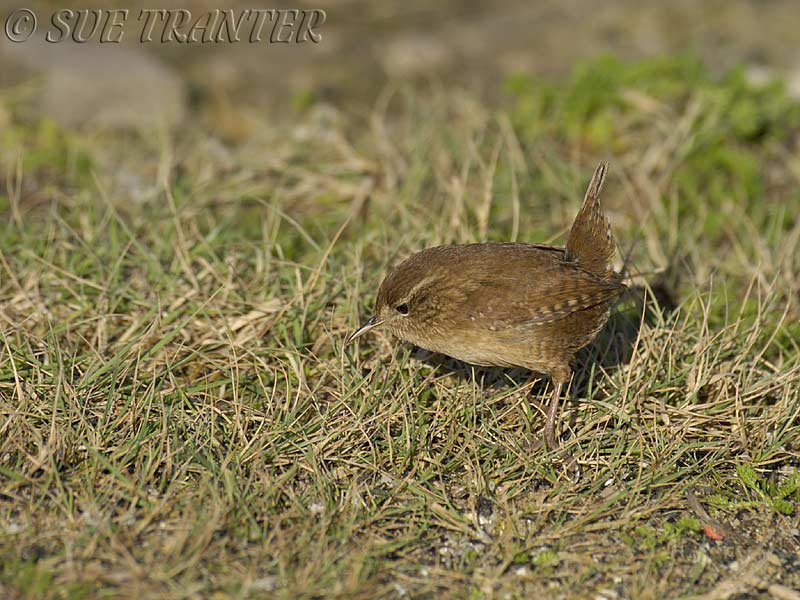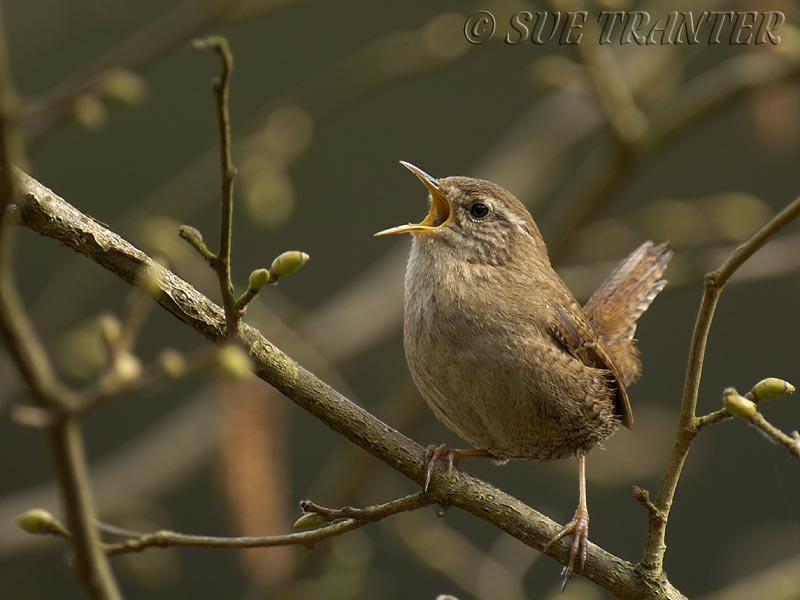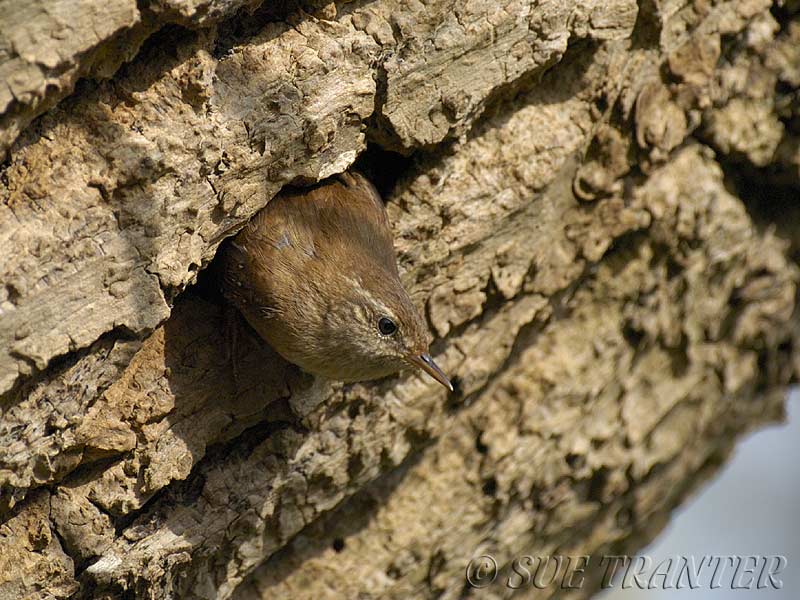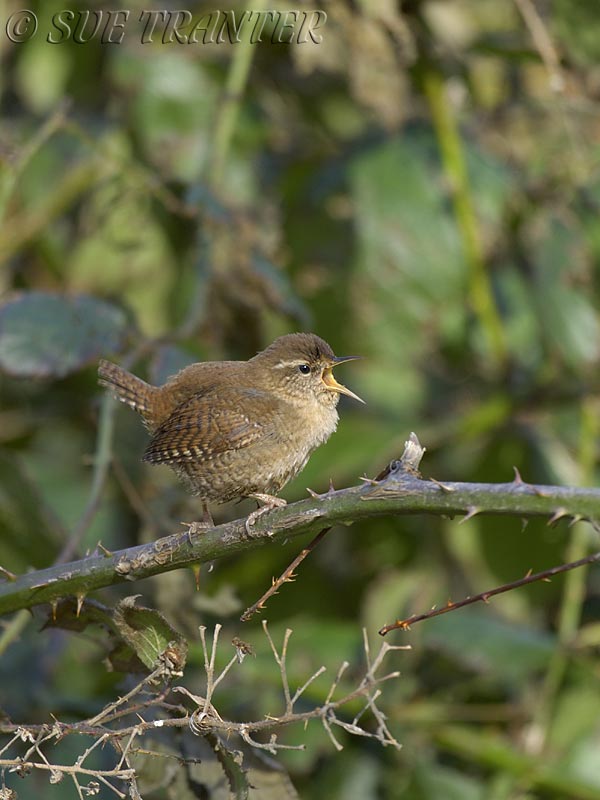Wren (Troglodytes troglodytes )
Back To
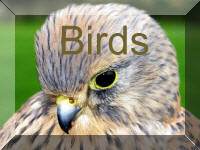

What Does The Wren look Like ?
The wren is commonly observed along stone walls, a tiny brown bird, with
a cream stripe over the eye often it is heavier, less slim, than the even
smaller goldcrest. It is dumpy, almost rounded, with a fine bill, quite
long legs and toes, very short round wings and a short, narrow tail which
is sometimes cocked up vertically. For a small bird it has a loud voice.
It is the commonest UK breeding bird, although its numbers decrease during
prolonged, severely cold winters.
How Big Is It ?
Aprox 9.5 cm , weighing 9 g
Where does it live?
Tangles thickets , under scrub, brushwood, particularly near water
Breeding
A woodland Bird Mainly in deciduous and mixed woodland, with plenty of
thick undergrowth. They spill over into hedgerows, orchards, park and gardens,
and are also found on moorlands and islands.
Wintering
Similar to breeding habitats
When does it Breed ?
April to July , 5 - 7 eggs, Incubation 14 - 16 days , young fledging at 15 to 18 days, Double Brooded .Domed shaped nest of moss.
Where to see it
Found across the UK in a wide range of habitats
- woodland, farmland, heathland, moorland and islands. Most are found in
deciduous woodland but it is least abundant in Scotland and northern England,
with the smallest numbers found in upland areas. A regular visitor to most
gardens.
What does it eat?
Insects and spiders
What does it sound like?
A loud ringing, warbling song; a loud, rattling call.
To hear the
Wren Click this link
When to see it
All year round.
Similar species
Goldcrest, Dunnock
